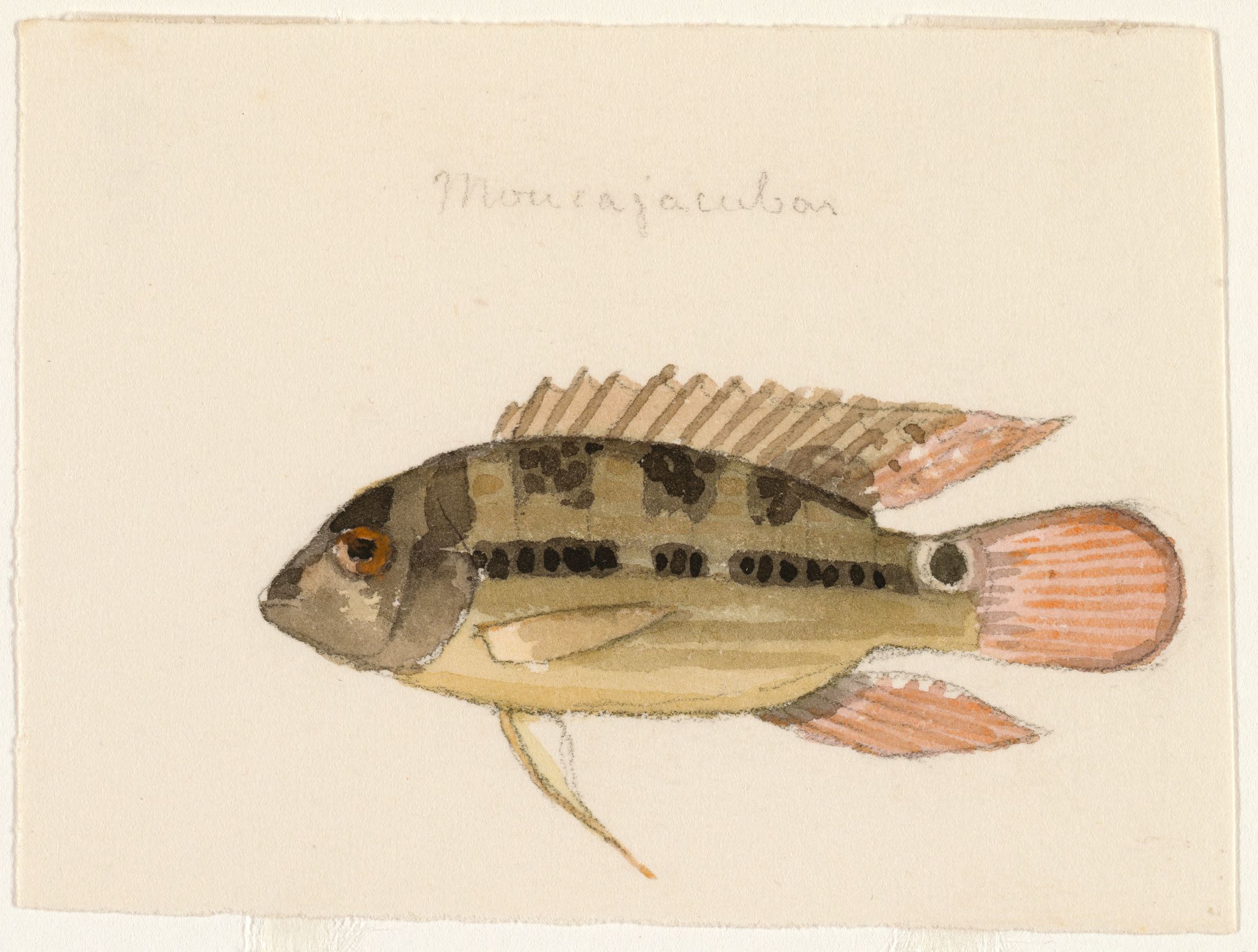|
List Of Fish Species That Protect Their Young
Some species of fish will actively protect their eggs or young from predators. Mouthbrooding species Some species gather up fertilized eggs in their mouth and keep them safe until they hatch, a process called mouthbrooding. *Cichlid. In addition to being mouthbrooders, some species continue to protect their young after they hatch, calling out to them when there is danger, and letting them swim back into their mouth to hold them safely away. *Apogonidae *Ariidae males carry a clutch of a few dozen eggs in their mouths, for about two months before they hatch. *Luciocephalus pulcher * Jawfishes * Osteoglossid are all mouthbrooders. The parents can hold hundreds of eggs in their mouths. Once hatched, the young may make several trips outside the parent's mouth before deciding to leave permanently. Some species also build nests and protect the young after they hatch. *Gourami Other * Suckermouth armored catfish males guard their mate's eggs until they hatch, and sometimes the larvae ... [...More Info...] [...Related Items...] OR: [Wikipedia] [Google] [Baidu] |
Mouthbrooding
Mouthbrooding, also known as oral incubation and buccal incubation, is the care given by some groups of animals to their offspring by holding them in the mouth of the parent for extended periods of time. Although mouthbrooding is performed by a variety of different animals, such as the Darwin's frog, fish are by far the most diverse mouthbrooders. Mouthbrooding has evolved independently in several different families of fish. Mouthbrooding behaviour Paternal mouthbrooders are species where the male looks after the eggs. Paternal mouthbrooders include the arowana, various mouthbrooding bettas and gouramies such as '' Betta pugnax'', and sea catfish such as '' Ariopsis felis''. Among cichlids, paternal mouthbrooding is relatively rare, but is found among some of the tilapiines, most notably the black-chin tilapia '' Sarotherodon melanotheron''. In the case of the maternal mouthbrooders, the female takes the eggs. Maternal mouthbrooders are found among both African and South American ... [...More Info...] [...Related Items...] OR: [Wikipedia] [Google] [Baidu] |
Cichlid
Cichlids () are a large, diverse, and widespread family of percomorph fish in the family Cichlidae, order Cichliformes. At least 1,760 species have been scientifically described, making it one of the largest vertebrate families, with only the Cyprinidae being more speciose. New species are discovered annually, and many species remain undescribed. The actual number of species is therefore unknown, with estimates varying between 2,000 and 3,000. They are native to the Neotropics, Africa (including Madagascar), the Middle East, and the Indian subcontinent, although some species have been introduced worldwide. Many cichlids, particularly tilapia, are important food fishes, while others, such as the '' Cichla'' species, are valued game fish. The family also includes many popular freshwater aquarium fish kept by hobbyists, including the angelfish, oscars, and discus. Cichlids have the largest number of endangered species among vertebrate families, most in the haplochrom ... [...More Info...] [...Related Items...] OR: [Wikipedia] [Google] [Baidu] |
